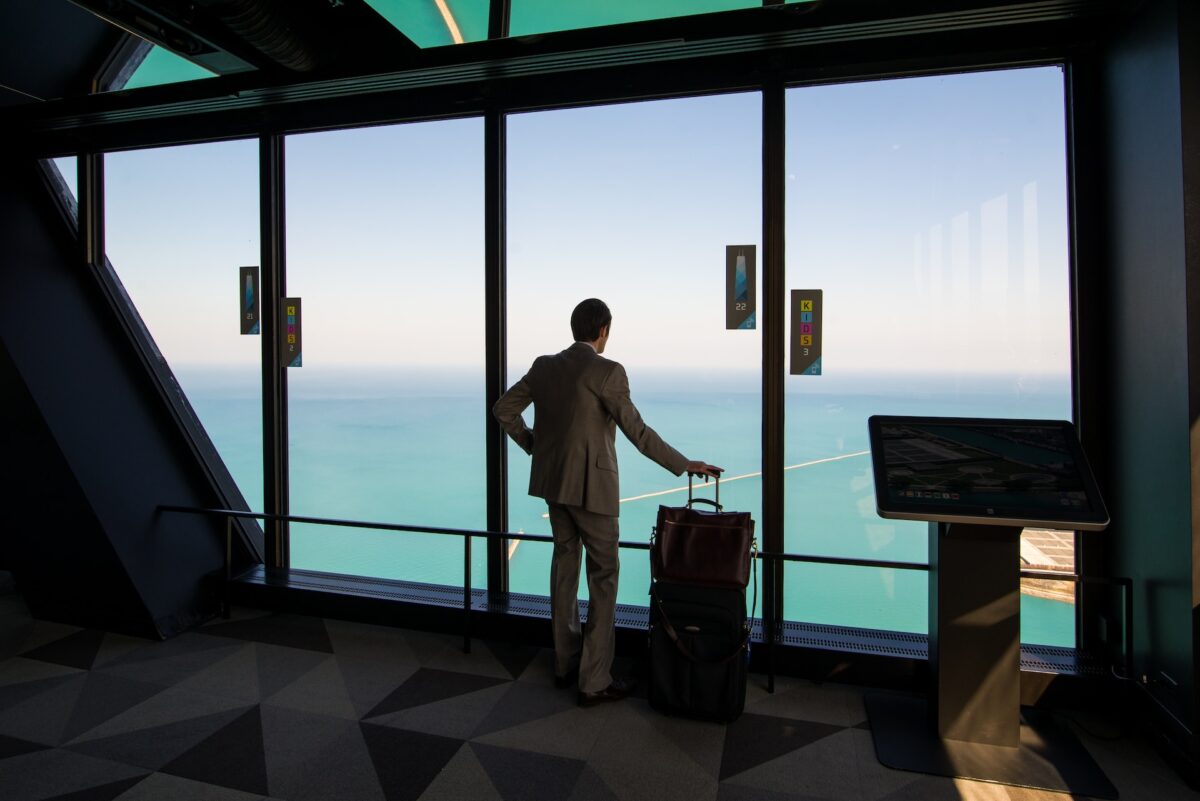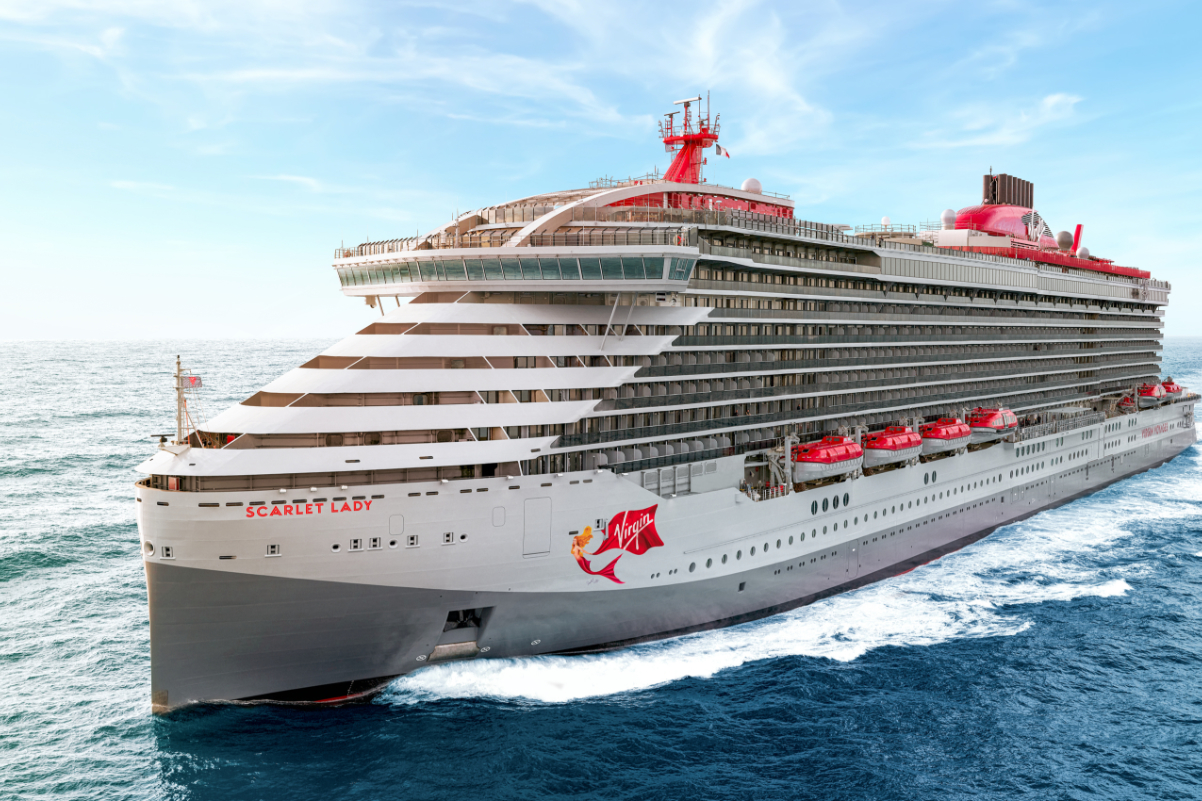Small Meetings and Blended Trips Propel Business Travel Comeback

Skift Take
When will business travel recover? Three years after the Covid-19 pandemic ground the travel industry to a halt, small- and medium-sized businesses and small meetings are driving an uneven recovery.
While it’s probably still too early to definitively say when — or if — business travel might fully recover to pre-pandemic levels, a look at first-quarter earnings from Delta, American, and Southwest airlines; Choice Hotels; Global Business Travel Group; HRS and Hertz shows one definitive trend. The role of small and medium-sized enterprises is catching the attention of analysts and travel executives as they gauge how the corporate travel segment is bouncing back.
Many of these companies are seeing the growth of smaller meetings and hybrid work environments. Some companies are seeing better yields as blended travel habits continue.
Spotlight on Smaller Businesses
A look across first-quarter travel earnings shows small- and medium sized enterprises squarely rooted in the dialogue between analysts and executives when analyzing corporate travel’s comeback.
A recent Deloitte analysis shows that a full recovery of business travel might not happen until late 2024 or 2025, calculating it would be a 10 percent - 20 percent smaller market in real terms when accounting for inflation. Growth next year would come from higher rates rather than the number of trips, it added.
So far, smaller businesses look to have recovered more quickly. But on the other hand, that could change next year as larger ones start to increase travel.
“Our data indicates smaller companies were quicker to resume travel overall in 2021 and 2022,” Eileen Crowley, Deloitte’s travel, hospitality and services leader told Skift in an email. “By the end of 2022, half of companies with $1 million or less in annual 2019 travel spend said they hit 50 percent or higher of 2019 levels, versus 40 percent of bigger companies. But most of that difference looks poised to fade in 2023, as bigger companies catch up.”
First-quarter earnings show some notable trends centered on travel for smaller businesses.
Delta Air Lines saw an improvement in business travel during the first quarter, noting in its earnings call that travel by small- and medium-sized businesses have surpassed 2019 levels. International trips led growth in the managed corporate travel segment.
American Airlines also mentioned the impact of smaller businesses on its latest earnings call. “We see a lot of growth,” an executive said in response to an analyst’s question about small- and medium-sized enterprises. “Clearly it’s not just that people are traveling less on contracted accounts, but we're seeing people who are taking business-style trips or even blended trips who have no recognized contract or corporate affiliation,” he said.
American is especially noticing this demand from the Sun Belt areas of Arizona, Texas, Florida, North Carolina and South Carolina.
Small But Mighty Meetings
The growth of smaller meetings was also a key talking point during the first quarter earnings cycle of 2023 as companies look to gather their distributed teams throughout the year, and visit clients.
Skit Research’s recent survey of business travelers in the U.S. UK, Australia and India showed business development and client site visits being the top reasons for business travel in the latter portion of 2022 and into the first three months of 2023. However, some companies have pointed out that small meetings in particular are growing.
HRS, a business travel-focused tech company that works with hotels in more than 190 countries and territories, has been watching this trend play out. This year, the company has already booked 70 percent of the full-year meeting volume it recorded in 2019.
“We think it is important to note that while transient segments from big companies are certainly going to take some time to return to pre-pandemic levels, we are also noticing a remarkable surge in simple and smaller corporate meetings of 50 people or less,” HRS spokesman Michael Brophy said in an email.
These smaller gatherings accounted for about 75 percent of the meetings HRS procured for clients before the pandemic, Brophy noted. Now, that figure has grown to 89 percent.
American Express Global Business Travel also mentioned during its first-quarter earnings call that it is noticing an uptick in the need for smaller meetings driven by hybrid work and distributed teams.
“With workforces increasingly distributed, the predicted increase in meetings and events is gaining traction,” the company’s CEO Paul Abbott said during the earrings call. “Small meetings are our fastest growing area of meeting and events, and we are seeing growing demand for our services as companies increase their investment in these types of meetings.”
Blended Travel Benefits
As travelers increasingly opt for “blended” trips combining leisure and business travel, several companies seem to be seeing the benefits.
Take car rental giant Hertz, whose CEO Stephen Scherr said he thinks blended travel has been a “net benefit” for the company during its latest earnings call. Customers now have more opportunities to add days to their rental agreement based on post-pandemic travel habits, he explained.
Choice Hotels is also benefiting from blended travel, noting on its most recent earnings call that it has seen bookings rise above pre-pandemic levels.
American Airlines is also seeing some benefit from the increase in blended trips through higher yields. In the first quarter, the airline saw a mix of about 35 percent volume each for leisure and blended trips, and 30 percent for business trips. In 2019, that first-quarter mix was closer to 30 percent for leisure and blended trips and 40 percent for business travel.
“Though we're seeing that shift, we find that very often, the blended yields that we see are coming in at values that are 8 percent to 10 percent higher than the very traditional business trips that they replaced,” said American Airlines Chief Commercial Officer Vasu Raja during the airline’s first-quarter earnings call.
Delta also saw encouraging yield trends as blended trips take hold, noting that the lines have blurred between high-yield leisure and corporate travel in ways the airline did not see before the pandemic.
“And so, where we're not selling those premium seats to corporates, we are selling them at near-corporate rates to high-end leisure customers, and that's really providing a very nice insulation for us,” Delta President Glen Hauenstein noted.
Recovery Is Still Evolving
While small- and medium sized enterprises continue to enjoy a high level of attention in the story about corporate travel’s comeback, the road to recovery arguably will continue to be uneven for at least the rest of this year.
“While March 2023 managed business revenues largely recovered to March 2019 levels, the company expects corporate revenue trends to continue to be choppy as customer travel patterns evolve post-pandemic,” Southwest Airlines said in its first-quarter earnings release.
Southwest sees continued recovery into the second quarter for its managed business segment compared with the first quarter, due to more passenger and corporate account growth. However, it notes that customer behavior is still evolving.
But the bottom line, at least for HRS’ Brophy, is that business travel is on a recovery path — even if we still aren’t clear on exactly how it will play out.
“Any screaming headlines about ‘business travel not coming back’ should be tempered,” HRS’ Brophy said. “Business travel is in fact coming back, with the shape and pace of that comeback still unfolding.”




